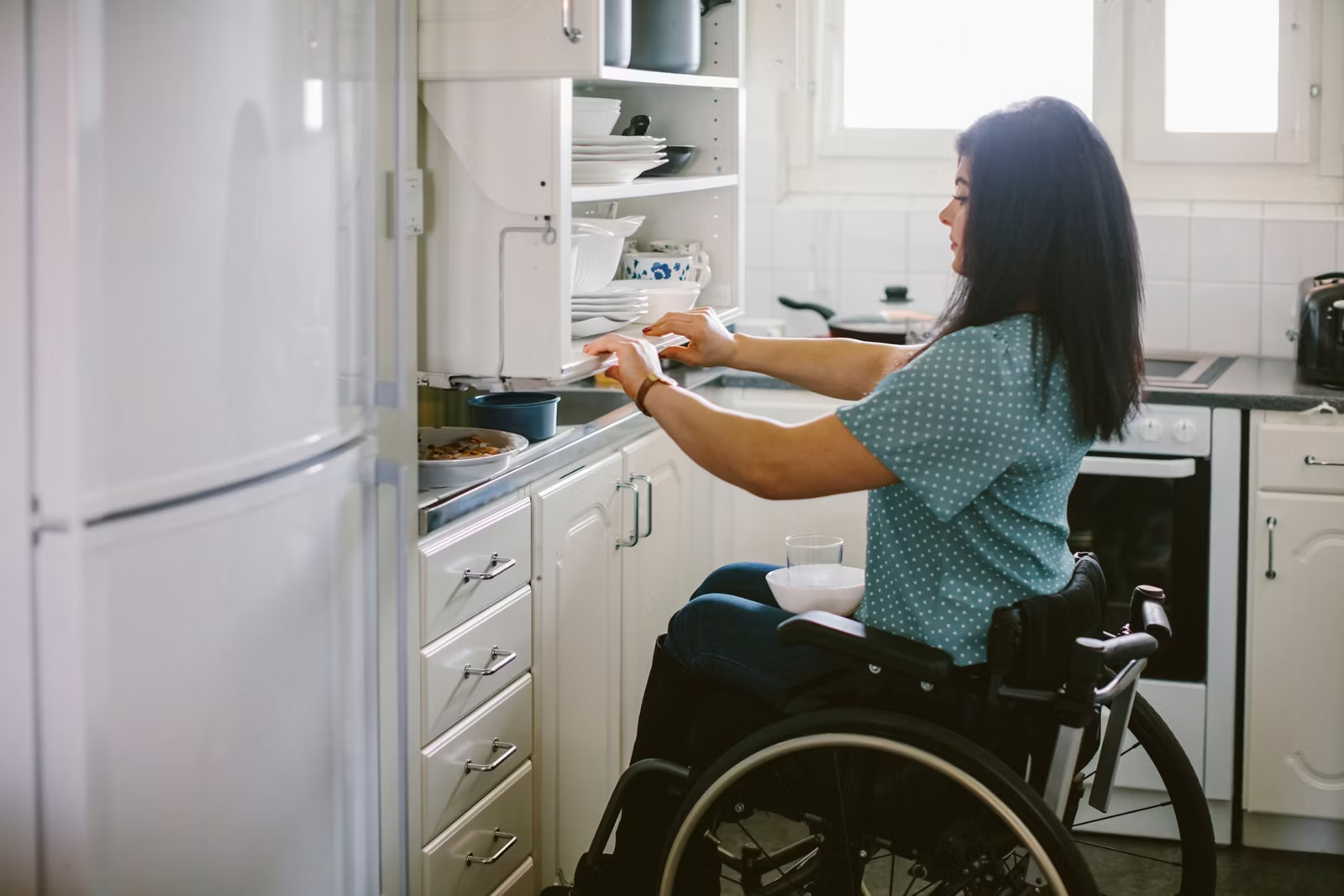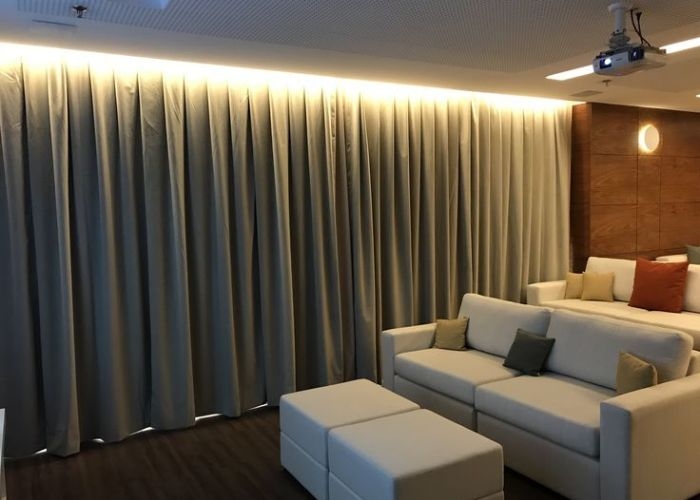Key Takeaways
- Accessible housing assists disabled adults in achieving higher independence and safety in their local communities.
- Important features include no-step entryways, huge halls, accessible bathrooms and kitchens, and layouts that can be adapted.
- Universal design principles help create spaces that are suitable for all and not just for people with mobility limitations.
- Policies, programs, advocacy, and financial assistance are essential for accessible housing.
- A good understanding of resources and proactive planning can help adults as well as families navigate accessible problems with housing.
Why Affordable Housing Matters
For many people who have disabilities, the design of their homes can determine the extent to which they participate in everyday life. Homes that are standard often have physical barriers ranging from a single step at the doorway to narrow hallways that can make even the most basic of movement difficult or unsafe. According to data from the Centers for Disease Control and Prevention more than 60 million American adults have disabilities, which makes the necessity for accessible homes all-encompassing and urgent. Every barrier-free house is an important step towards equality, health, and dignity for the millions.
The ability to access, leave or navigate an area in safety gives people the confidence to live their lives with independence and dignity. Accessible housing isn’t limited to wheelchair ramps that are usually essential but also by a variety of well-thought-out design choices. Solutions to meet the needs of various sensory, medical and cognitive requirements are feasible. As independence increases as does self-esteem and confidence, which can lead to better levels of living and well-being for thousands of people along with their loved ones. Making sure that every adult who has a disability is able to stay at home safely is often a sign that they are healthy and happy, further decreasing the strain on health systems.
Core Elements of Accessible Homes
accessible homes have been built upon the foundation of technological and physical characteristics which break down barriers. Step-free entryways don’t only ease wheelchair or walker accessibility, they also aid parents who have strollers, delivery drivers and guests with minor injuries. The wide doors and halls generally at least 36 inches wide, permit mobility devices pass easily and permit residents to carry their groceries and laundry or even packages without hassle. Beyond that adequate lighting for corridors can help people with visual impairments and decreases the risk of falling for all. These accessible facilities are crucial because they offer comfort and safety for a variety of people who have mobility issues related to age. The most innovative accessible home solutions enable many to be involved actively in education, work and community.
Kitchens can pose unique problems with their large counter tops and sinks that are deep and cabinets that are difficult to access. Solutions include pull-out shelves and lower work surfaces side-opening ovens and single lever faucets. Bathrooms that have roll-in showers, floors that are anti-slip, grab bars and spaces for turning or transfer from a wheelchair to a toilet provide safety and ease. Technology has further improved accessibility by allowing voice-activated smart home controls, motion-sensitive lighting, and doors that can be automated allow those who are unable to move or use their hands are more self-sufficient. Being aware of these things makes sure that accessible homes can support an independent lifestyle for adults of any stage of life.
Checklist of Common Features
- Zero-step and ramped entrances, with smooth, slip-resistant surfaces
- Doorways and hallways must be at least 36 inches wide to permit the flow of people
- Shower areas that roll-in or are barrier-free With shower benches
- Kitchen appliances that can be easily accessible like pull-down shelves and counters that can be adjusted
- Light switches, thermostats and controls that are set at low heights that can be reached from the seated position
- Non-slip flooring products are available in all areas to prevent accidents
Designing for Flexibility and Inclusion
Accessible homes work best if they are adaptable. As abilities and needs evolve throughout the course of a person’s life homes that are able to adapt minimize disruption and encourage an ongoing sense of independence. Universal design principles are crucial here. They call for houses that are intuitive safe and accessible by everyone regardless of their physical or mental condition. Research conducted by the U.S. Department of Housing and Urban Development proves that spaces designed for universal accessibility can be used by families with youngsters, seniors as well as guests who have injury that is temporary and those who have permanent disabilities. When investing in these adaptable components families can stay clear of the expense of renovations and changes later on, and create a house that is truly growing with its inhabitants.
Some examples of universal design are floors that are non-slip, lever-style door handles in place of knobs and open-plan layouts to reduce the size of spaces that are congested or cramped. Cabinets that move and adjustable shelving for closets and adjustable lighting options can be altered as time passes. Even minor things like doors that swing either way–can make everyday routines significantly more convenient. This results in a house which doesn’t have been “reworked” as people grow older or their demands change, improving safety as well as comfort to all. If architects begin to adopt a universal design the living spaces become more inviting and accessible to everyone from every walk of life.
Community and Location Considerations
A accessible house is more than just architecture, it’s also about its connections to the rest of the world. The accessibility of public transportation can be a crucial aspect in maintaining independence, particularly for those who cannot drive. Transport links that are reliable allow accessibility to jobs communities, medical facilities, community centers as well as social opportunities. homes near medical pharmacies or clinics facilitate the scheduling appointments and refills, which are essential for those suffering from chronic health issues. The area of a house will affect the ease with which residents maintain their social connections and get the assistance they require to flourish.
Integration into society and the feeling of belonging are significant factors in the health of our minds and overall wellbeing. Communities that are accessible friendly, warm, and have activities that are designed to accommodate people of all abilities are crucial. In such settings, adults with disabilities can develop lasting relationships, engage in interests, and take pleasure in informal outings. If accessible housing is coupled with a welcoming community, residents get more than a space to live, they find a place to be part of.
Affordability and Financing Options
While the significance is obvious, a lot of people have difficulty locating the costs of accessible housing to be a bit daunting. Equipment, building materials or renovations can be costly, especially when retrofitting older homes. But there are a number of programs that will help ease the financial burden. Based on the location and ability to qualify, homeowners may be able to get federal or local grant programs, loans with low interest or public-private partnerships that focus on accessible housing. Knowing about these options is vital because funding can make the difference between an accessible house and one that fails in crucial ways.




